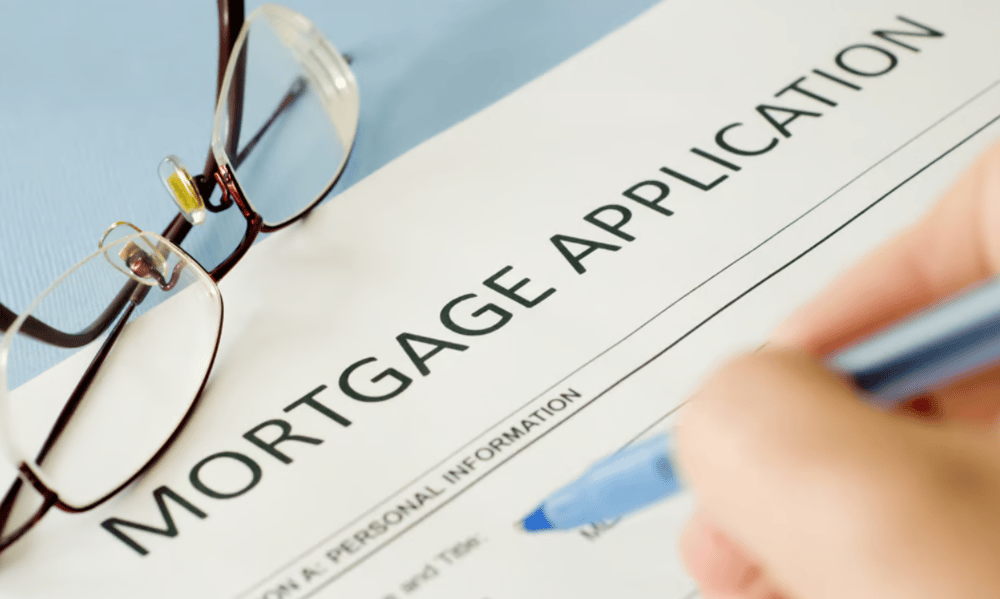Homeowners and hopeful buyers are seeing little relief on borrowing costs

The average rate on a 30-year US mortgage rose to 6.75% for the second consecutive week, mortgage buyer Freddie Mac reported Thursday. The rate increased 3 basis points from 6.72% the previous week.
This marks another challenge for the US housing market, which continues to grapple with a sales slump driven by affordability constraints. A year ago, the 30-year rate averaged 6.77%.
Borrowing costs for 15-year fixed-rate mortgages, popular with homeowners refinancing their loans, also climbed. The average rate rose to 5.92% from 5.86% the previous week, according to Freddie Mac. A year ago, the 15-year rate averaged 6.05%.
Economic factors at play
The recent uptick in mortgage rates stems from renewed inflation concerns and policy uncertainties. The Labor Department reported inflation had picked up to 2.7%, driven by President Donald Trump’s tariff policies. This development could complicate the Federal Reserve’s ability to cut interest rates in the near term.
“Concerns about inflation, tariffs, and Fed independence are keeping bond yields and mortgage rates elevated,” said Greg McBride, chief financial analyst at Bankrate.
Mortgage rates move primarily with 10-year Treasury yields rather than the Federal Reserve’s federal funds rate. Treasury yields, which briefly dropped below 4% this spring, approached 4.5% last week. The 10-year Treasury yield stood at 4.45% at midday Thursday, down slightly from 4.46% late Wednesday.
Bond investors briefly drove longer-term yields higher Wednesday after Trump discussed the “concept” of potentially dismissing the Federal Reserve chair, though he indicated this was unlikely. While the president has advocated for interest rate cuts, a less independent Fed could paradoxically lead to higher longer-term bond yields that directly influence home loan rates.
Market impact on homebuyers
Rising mortgage rates add hundreds of dollars in monthly costs for borrowers, substantially reducing their purchasing power. This has contributed to a housing market slump dating back to 2022, when rates began climbing from pandemic-era lows.
Last year, sales of previously occupied US homes fell to their lowest level in nearly 30 years, with sluggish performance continuing into 2025. Home sales this spring reached their lowest levels since 2009, as elevated mortgage rates and steadily climbing home prices deterred buyers.
The average 30-year mortgage rate has remained close to its year-to-date high of just above 7%, set in mid-January. The rate’s lowest point this year occurred in early April when it briefly dipped to 6.62%.
Mortgage applications fell 10% last week from the previous week as higher rates and economic uncertainty dampened demand, according to the Mortgage Bankers Association.
Despite elevated national averages, comparison shopping can yield significant savings. For the week of July 20, top offers on Bankrate averaged 0.57% lower than the national average of 6.79%. On a $340,000 30-year loan, this difference translates to $1,529 in annual savings.
Current average rates as of Monday, July 21, include 30-year fixed-rate loans at 6.81% according to Bankrate’s lender survey, with refinance rates at 6.77%.
Outlook
Economists generally anticipate mortgage rates to remain relatively stable in the coming months, with forecasts suggesting the average rate on a 30-year mortgage will stay within a range of 6% to 7% for the remainder of the year.
What are your thoughts on the recent analyses? Share your insights in the comments below.



